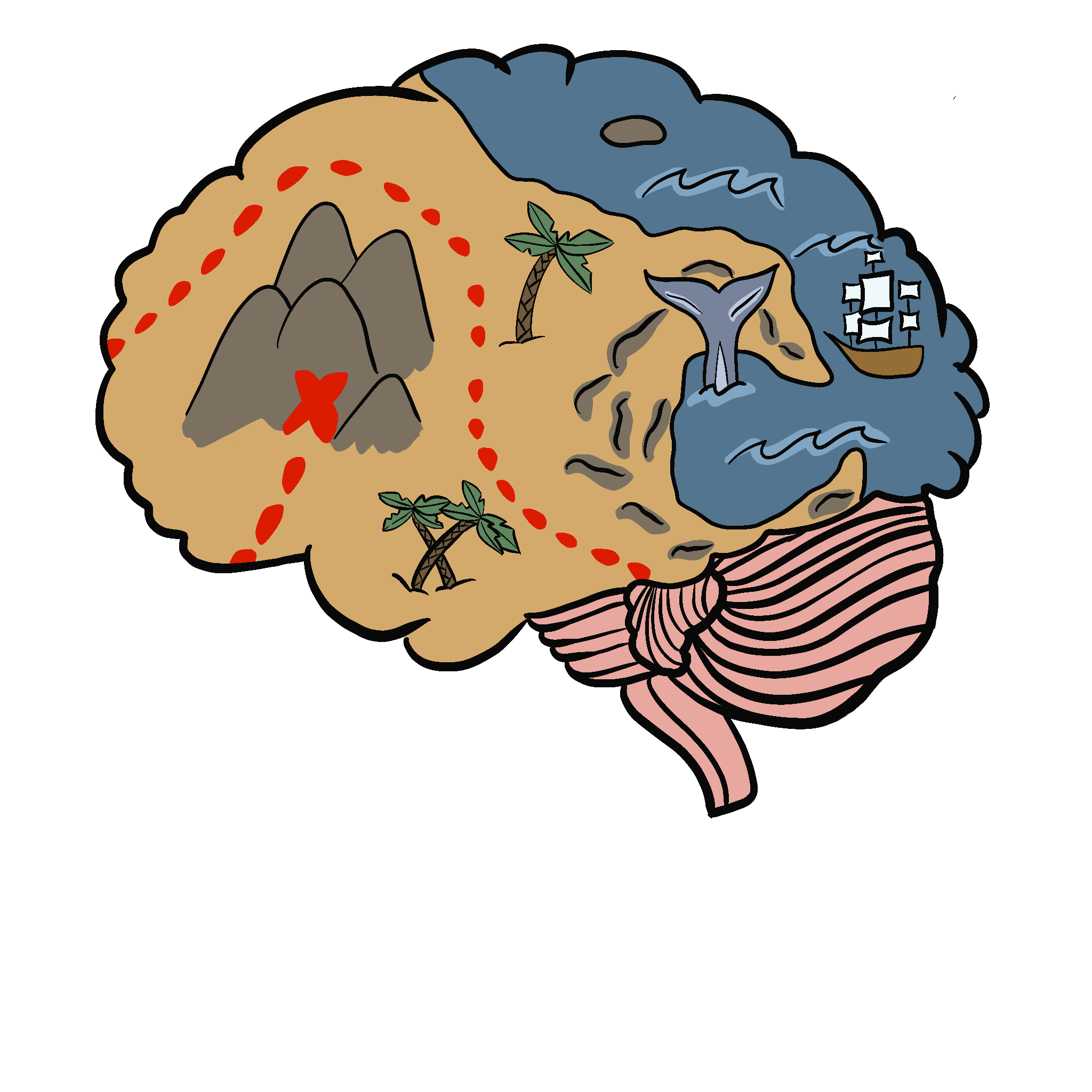Card

Mind Maps
This strategy helps students demonstrate content knowledge by creating an illustration using words, pictures, and symbols.
Mind Maps
Summary
Mind Maps help students create a visual representation of their learning in a non-linear way. Students begin their Mind Map by putting the main idea of the content in the center of the page. Then, they branch out with a combination of words, pictures, and symbols to elaborate on the main idea. Students should use arrows and lines to connect related ideas, as well as a range of colors to make the product more visually appealing.
Procedure
Provide students with a blank piece of copy paper and various colored pencils or markers.
Instruct students to write and circle the main idea of the content in the center of the page.
Next, have students branch out from the center of the page with more ideas that elaborate on the main idea.
Students should use a variety of colors and a combination of words, pictures, and symbols to describe the content.
Have students connect related ideas with arrows and lines. They may elaborate on the connections they make with more words, pictures, or symbols.
Alternatively, students can use a website like Google Drawings to create a digital Mind Map.
Sperl, A., & TeachThought Staff. (n.d.). Drawing Ideas: The Benefits of Mindmapping for Learning. TeachThought. https://www.teachthought.com/literacy/drawing-ideas-the-benefits-of-mindmapping-for-learning/




